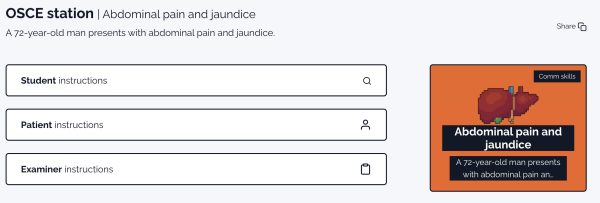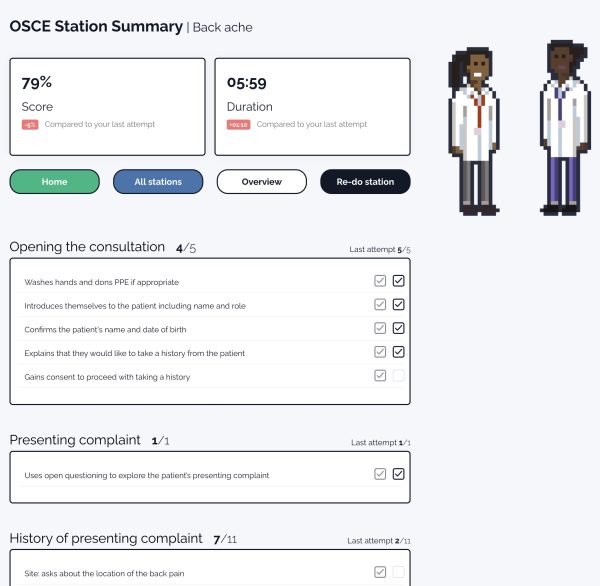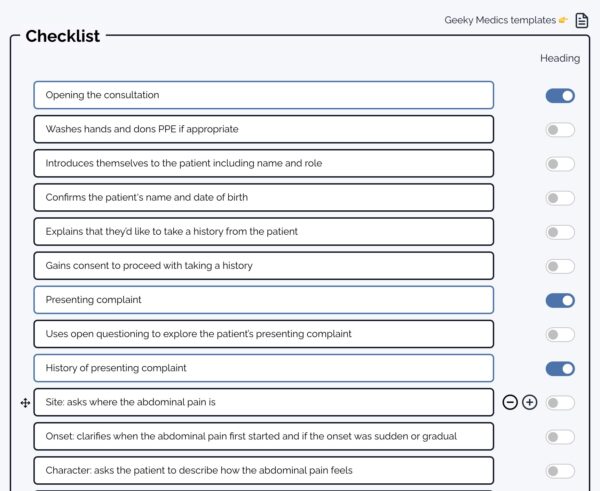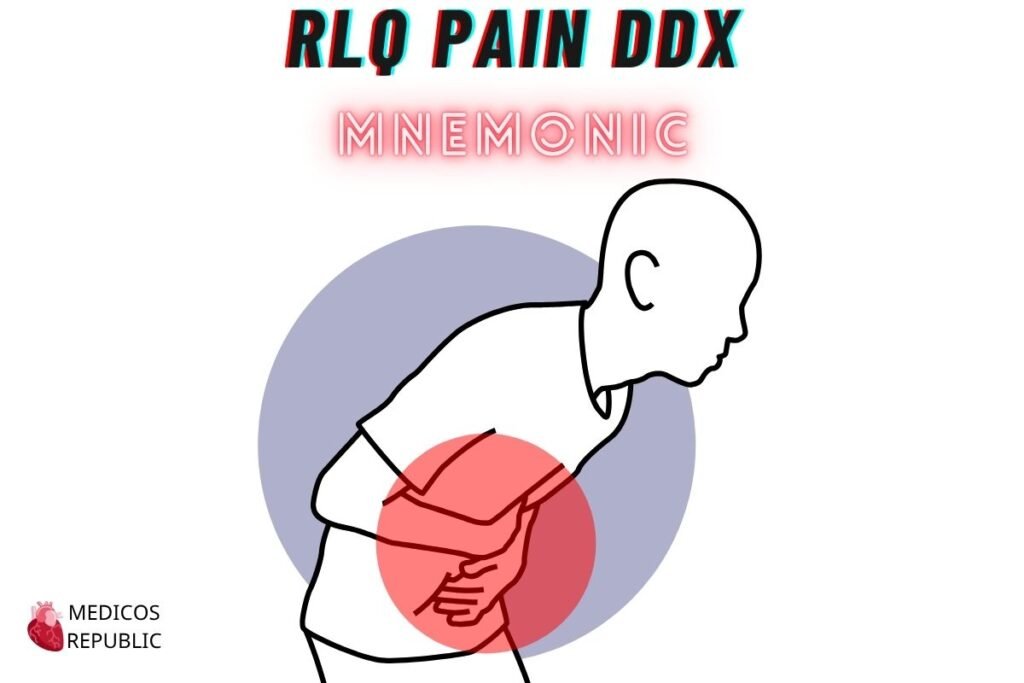Suggest an improvement
-
N/AFix spelling/grammar issueAdd or fix a linkAdd or fix an imageAdd more detailImprove the quality of the writingFix a factual error
-
You don’t need to tell us which article this feedback relates to, as we automatically capture that information for you.
-
This allows us to get in touch for more details if required.
-
Enter a five letter word in lowercase
#gform_wrapper_38 .gform_footer { visibility: hidden; position: absolute; left: -100vw; }
-
This field is for validation purposes and should be left unchanged.

/* = 0;if(!is_postback){return;}var form_content = jQuery(this).contents().find(‘#gform_wrapper_38’);var is_confirmation = jQuery(this).contents().find(‘#gform_confirmation_wrapper_38’).length > 0;var is_redirect = contents.indexOf(‘gformRedirect(){‘) >= 0;var is_form = form_content.length > 0 && ! is_redirect && ! is_confirmation;var mt = parseInt(jQuery(‘html’).css(‘margin-top’), 10) + parseInt(jQuery(‘body’).css(‘margin-top’), 10) + 100;if(is_form){jQuery(‘#gform_wrapper_38’).html(form_content.html());if(form_content.hasClass(‘gform_validation_error’)){jQuery(‘#gform_wrapper_38’).addClass(‘gform_validation_error’);} else {jQuery(‘#gform_wrapper_38’).removeClass(‘gform_validation_error’);}setTimeout( function() { /* delay the scroll by 50 milliseconds to fix a bug in chrome */ jQuery(document).scrollTop(jQuery(‘#gform_wrapper_38’).offset().top – mt); }, 50 );if(window[‘gformInitDatepicker’]) {gformInitDatepicker();}if(window[‘gformInitPriceFields’]) {gformInitPriceFields();}var current_page = jQuery(‘#gform_source_page_number_38’).val();gformInitSpinner( 38, ‘https://geekymedics.com/wp-content/plugins/gravityforms/images/spinner.svg’, true );jQuery(document).trigger(‘gform_page_loaded’, [38, current_page]);window[‘gf_submitting_38’] = false;}else if(!is_redirect){var confirmation_content = jQuery(this).contents().find(‘.GF_AJAX_POSTBACK’).html();if(!confirmation_content){confirmation_content = contents;}jQuery(‘#gform_wrapper_38’).replaceWith(confirmation_content);jQuery(document).scrollTop(jQuery(‘#gf_38’).offset().top – mt);jQuery(document).trigger(‘gform_confirmation_loaded’, [38]);window[‘gf_submitting_38’] = false;wp.a11y.speak(jQuery(‘#gform_confirmation_message_38’).text());}else{jQuery(‘#gform_38’).append(contents);if(window[‘gformRedirect’]) {gformRedirect();}}jQuery(document).trigger(“gform_pre_post_render”, [{ formId: “38”, currentPage: “current_page”, abort: function() { this.preventDefault(); } }]); if (event && event.defaultPrevented) { return; } const gformWrapperDiv = document.getElementById( “gform_wrapper_38” ); if ( gformWrapperDiv ) { const visibilitySpan = document.createElement( “span” ); visibilitySpan.id = “gform_visibility_test_38”; gformWrapperDiv.insertAdjacentElement( “afterend”, visibilitySpan ); } const visibilityTestDiv = document.getElementById( “gform_visibility_test_38” ); let postRenderFired = false; function triggerPostRender() { if ( postRenderFired ) { return; } postRenderFired = true; jQuery( document ).trigger( ‘gform_post_render’, [38, current_page] ); gform.utils.trigger( { event: ‘gform/postRender’, native: false, data: { formId: 38, currentPage: current_page } } ); gform.utils.trigger( { event: ‘gform/post_render’, native: false, data: { formId: 38, currentPage: current_page } } ); if ( visibilityTestDiv ) { visibilityTestDiv.parentNode.removeChild( visibilityTestDiv ); } } function debounce( func, wait, immediate ) { var timeout; return function() { var context = this, args = arguments; var later = function() { timeout = null; if ( !immediate ) func.apply( context, args ); }; var callNow = immediate && !timeout; clearTimeout( timeout ); timeout = setTimeout( later, wait ); if ( callNow ) func.apply( context, args ); }; } const debouncedTriggerPostRender = debounce( function() { triggerPostRender(); }, 200 ); if ( visibilityTestDiv && visibilityTestDiv.offsetParent === null ) { const observer = new MutationObserver( ( mutations ) => { mutations.forEach( ( mutation ) => { if ( mutation.type === ‘attributes’ && visibilityTestDiv.offsetParent !== null ) { debouncedTriggerPostRender(); observer.disconnect(); } }); }); observer.observe( document.body, { attributes: true, childList: false, subtree: true, attributeFilter: [ ‘style’, ‘class’ ], }); } else { triggerPostRender(); } } );} );
/* ]]> */


PRES 3 exam preparation made easy with over 1,300 practice OSCE stations
The Geeky Medics bank of 1,300+ OSCE stations provides everything you need to practise your clinical skills and prepare for your PRES 3 exam.
Each station in our bank includes:
- Candidate instructions (the brief before beginning a station)
- Patient script (explaining the symptoms/signs the patient should report/demonstrate)
- Examiner instructions and checklist (an interactive checklist of the key points to assess the student)
Our collection of OSCE cases includes a wide variety of station types across the three core domains assessed in the PRES 3 exam (communication, interpretation and practical skills). Our station types include:
- Clinical examination (e.g. cardiovascular examination)
- Procedures (e.g. intravenous cannulation)
- Communication skills (e.g. history taking, counselling)
- Data interpretation (e.g. ECG, CXR, AXR, ABG, CTG, TFT)
- Documentation and prescribing
- Emergency assessment (ABCDE simulation-style scenarios)


PRES 3 stations with mark schemes and answers
Each OSCE station is made up of candidate instructions, patient instructions and examiner instructions (including a comprehensive checklist)
Candidate instructions
The candidate instructions outline what the candidate will be expected to demonstrate in the PRES 3 OSCE station (e.g. “A 41-year-old man has presented for assessment. His presenting complaint is severe back pain. Please take a history, suggest appropriate systems to examine and further investigations to perform.”).
Patient instructions/script
The patient instructions provide a detailed script, allowing the person playing the patient to convey a realistic clinical presentation. The script includes example phrases and advice on what information to hold back unless directly asked, just like in a real OSCE.
Examiner instructions
The examiner instructions provide the person playing the assessor role with an adjustable timer and a detailed checklist of the key points expected to be covered in the OSCE station. In addition, the checklist contains a list of further questions the examiner can ask the student at the end of the station, helping you to improve your knowledge of the condition.


AI virtual patients
Take your PRES 3 exam practice to the next level with our collection of virtual patients, available through our OSCE Stations subscription.
Using advanced AI technology, you can engage in natural conversations with simulated patients, allowing you to practice essential communication and clinical reasoning skills.
You can interact with these virtual patients anytime, whether you prefer typing or speaking, making it easy to fit practice into your routine.
AI feedback
Our intelligent automarking system provides real-time feedback, scoring your conversations with virtual patients and highlighting areas for improvement. Our virtual examiner gives you tips on how to improve your consultation skills.
Generate custom virtual patients
Using the Geeky Medics platform, you can generate your own custom virtual patients. This allows you to tailor scenarios to match your specific learning needs, ensuring you can focus on areas where you need the most practice.

Create mock PRES 3 exams
Our OSCE station platform makes it easy to build and run mock PRES 3 exams for either individual or group practice.
You can choose from our selection of high-quality OSCE stations (subscription required) or write one yourself using our OSCE Creator Tool.
Simply create a circuit by tapping the ‘Add to circuit’ button on the stations you want to include in the mock OSCE circuit and then share this with those who want to participate.
PRES 3 group study mode
You can use our Group Study Mode to practise OSCE stations with a group. Study partners can join your group practice session using a PIN. Using our platform, you can easily assign roles (e.g. student, examiner, patient) for the session.


Let us match you with someone for PRES practice
You can even find another person to practice with using our OSCE matching mode! With just a single click/tap, you’ll be matched with another geeky medic, allowing you to chat via audio and decide what station you want to practice.
Alternatively, you can join our community chat server and coordinate a group session with some fellow Geeky Medics. 
OSCE performance analysis
The Geeky Medics platform also allows you to gain key insights into your strengths and weaknesses and track your performance over time, including:
- Overall score
- Detailed data on key points you missed
- Duration of each station attempt
This is one of our OSCE stations’ key advantages over OSCE station PDFs, helping you target the areas you find most challenging, improving your performance across the PRES 3 core domains.


Create your own OSCE stations
You can also create your own bank of PRES 3 OSCE stations for free using our ‘OSCE Station Creator‘ and then share them with others.
You can learn more about our OSCE Station Creator here.

Discover more from Bibliobazar Digi Books
Subscribe to get the latest posts sent to your email.





